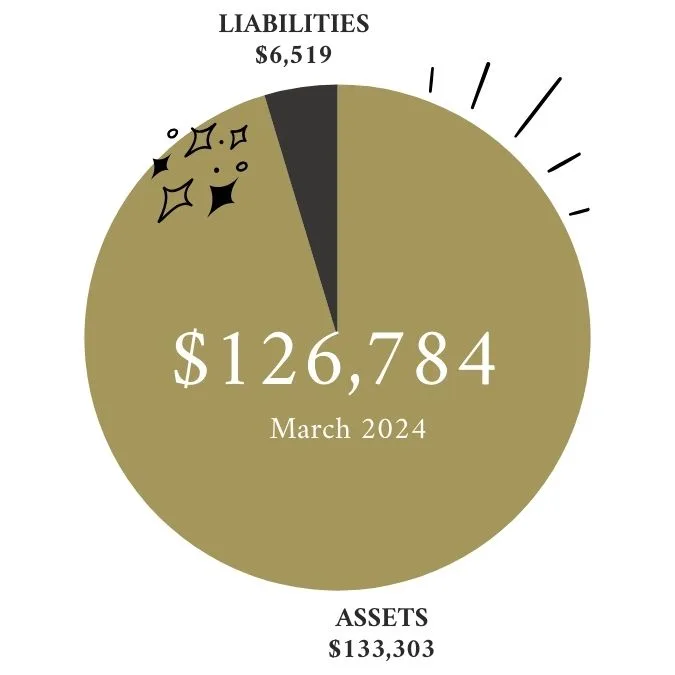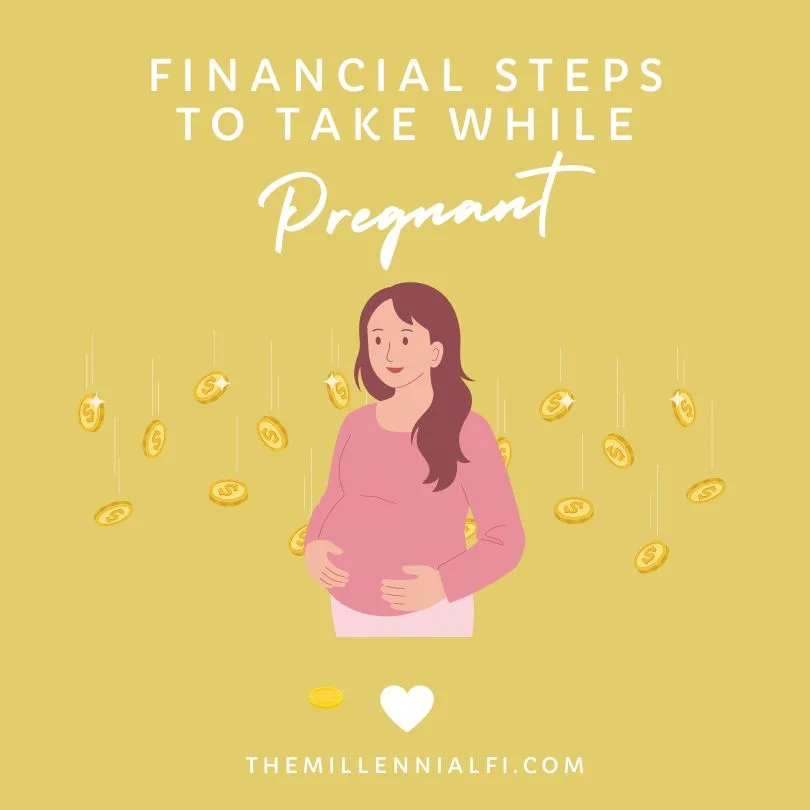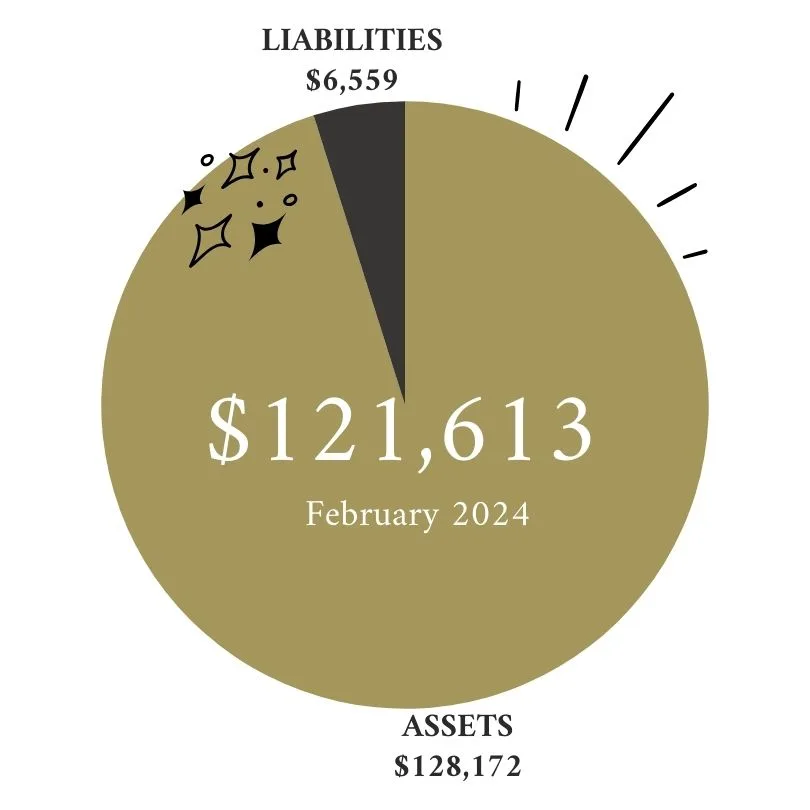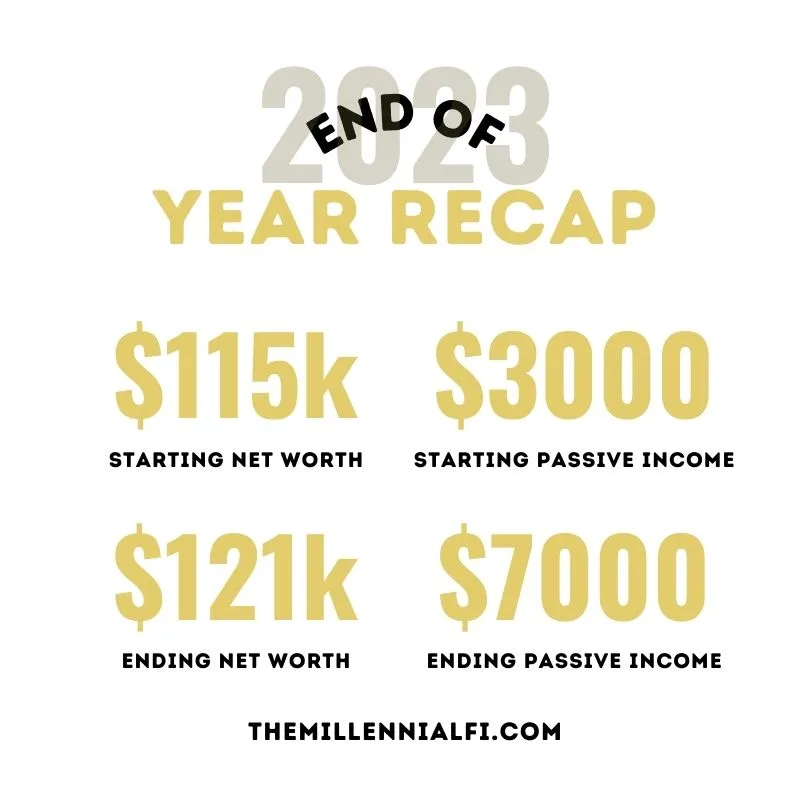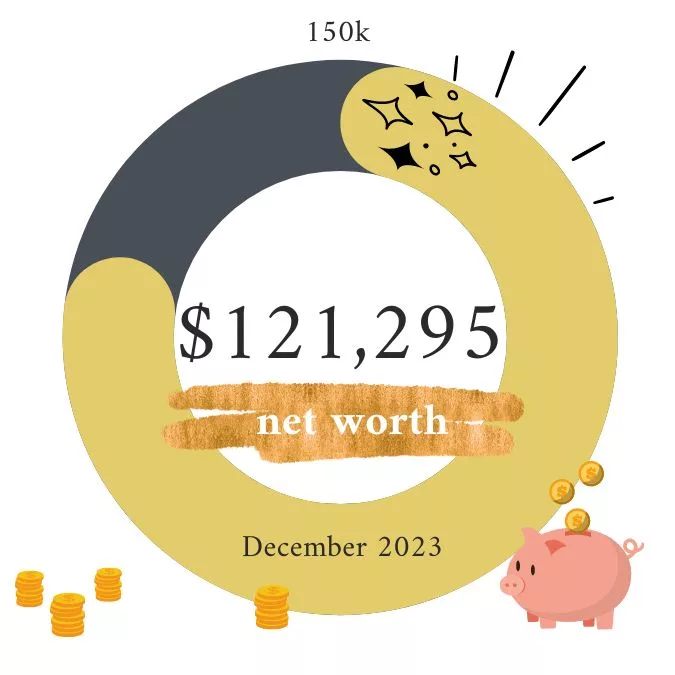Budgeting is one of those things that we know we need to learn but facing the facts of our financial life can be intimidating. So many of us go through life ignoring this vital skill and hoping the next swipe of our card won’t be declined. What if I told you it didn’t have to be that way? That by dedicating just 15 minutes per week can help get your finances under control? There are several simple budgeting method that can help you manage your finances effectively. Finding the one that works for you can make a huge difference in your life and even alleviate stress that surrounds money.
Zero-Based Budgeting
This budgeting method is more complex than the 50/30/20 budget mentioned below, but it can be very effective for people who want to track their spending in detail. With a zero-based budget, you allocate every dollar of your income to a specific expense. This means that there are no leftover dollars at the end of the month.
To create a zero-based budget, you’ll need to track your income and expenses for a month or two. Once you have a good understanding of your spending habits, you can start to allocate your income. You can use a spreadsheet, a budgeting app, or even just a piece of paper to track your budget.
The zero-based budget can be a great way to get control of your spending and reach your financial goals. However, it’s important to remember that it’s a lot of work to maintain. If you’re not willing to put in the effort, it’s not the right budgeting method for you.
Zero-Based Budgeting on $3,000/month
- Income: $3,000
- Rent/Mortgage: $1,200
- Utilities: $150
- Groceries: $300
- Transportation: $200
- Entertainment: $100
- Savings & Investments: $550
- Emergency Fund: $500
Envelope Budgeting
This budgeting method is a physical way to track your spending. With the envelope system budget, you’ll create envelopes for each of your spending categories. Then, you’ll put cash in each envelope to represent the amount of money you’ve budgeted for that category.
To create an envelope system budget, you’ll need to first list all of your spending categories. Then, you’ll need to estimate how much money you need to budget for each category. Once you have your estimates, you can start putting cash in the envelopes.
The envelope system budget is a great way to see where your money is going. It’s also a good way to avoid overspending, since you’ll only have the cash that you’ve budgeted for in each envelope. Learn more about financial discipline here.
Envelope Budgeting $3,000/month
- Groceries: $400
- Rent/Mortgage: $1,200
- Utilities: $150
- Transportation: $200
- Entertainment: $200
- Savings & Investments: $400
- Emergency Fund: $350
- Remaining: $100
50/30/20 Budget
This is a popular budgeting method that divides your income into three categories:
- Needs: 50% of your income should go towards your essential expenses, such as rent, utilities, groceries, transportation, and debt payments.
- Wants: 30% of your income can be spent on non-essentials, such as eating out, entertainment, and shopping.
- Savings: 20% of your income should be saved for the future, such as for retirement, a down payment on a house, or an emergency fund.
50/30/20 Budget $3,000/month
- Needs (50%): $1,500
- Rent/Mortgage: $900
- Debt Repayment: $300
- Utilities: $150
- Groceries: $150
- Wants (30%): $900
- Entertainment: $200
- Dining Out: $300
- Hobbies: $400
- Savings and Debt (20%): $600
- Savings: $300
- Emergency Fund: $300
This is a simple and easy-to-follow method that can help you get your finances under control. It’s also flexible enough to be customized to your individual needs and circumstances.
The pay-yourself-first budget
This budgeting method is all about prioritizing your savings. With the pay-yourself-first budget, you’ll automate your savings so that a certain amount of money is automatically transferred to your savings account each month. The rest of your income is then available to spend on your expenses.
To create a pay-yourself-first budget, you’ll need to decide how much money you want to save each month. Once you’ve set your savings goal, you can set up an automatic transfer from your checking account to your savings account. You can also use a budgeting app to help you track your savings and spending.
The pay-yourself-first budget is a great way to ensure that you’re saving money each month. It’s also a good way to get out of debt, since you’ll be able to make larger payments on your debts each month.
Pay Yourself First $3,000/month
- Savings: $600 (20% of income)
- Rent/Mortgage: $1,200
- Utilities: $150
- Groceries: $250
- Transportation: $200
- Entertainment: $100
- Remaining: $500 (for other expenses)
The no-budget budget
This budgeting method is the simplest of all. With the no-budget budget, you simply track your spending for a month or two to get a good understanding of your spending habits. Then, you make adjustments to your spending as needed.
The no-budget budget is a great way to get started with budgeting. It’s also a good option for people who don’t want to spend a lot of time tracking their spending.
No matter which budgeting method you choose, the most important thing is to stick with it. Budgeting takes time and effort, but it’s worth it in the long run. By budgeting, you can take control of your finances and reach your financial goals.



